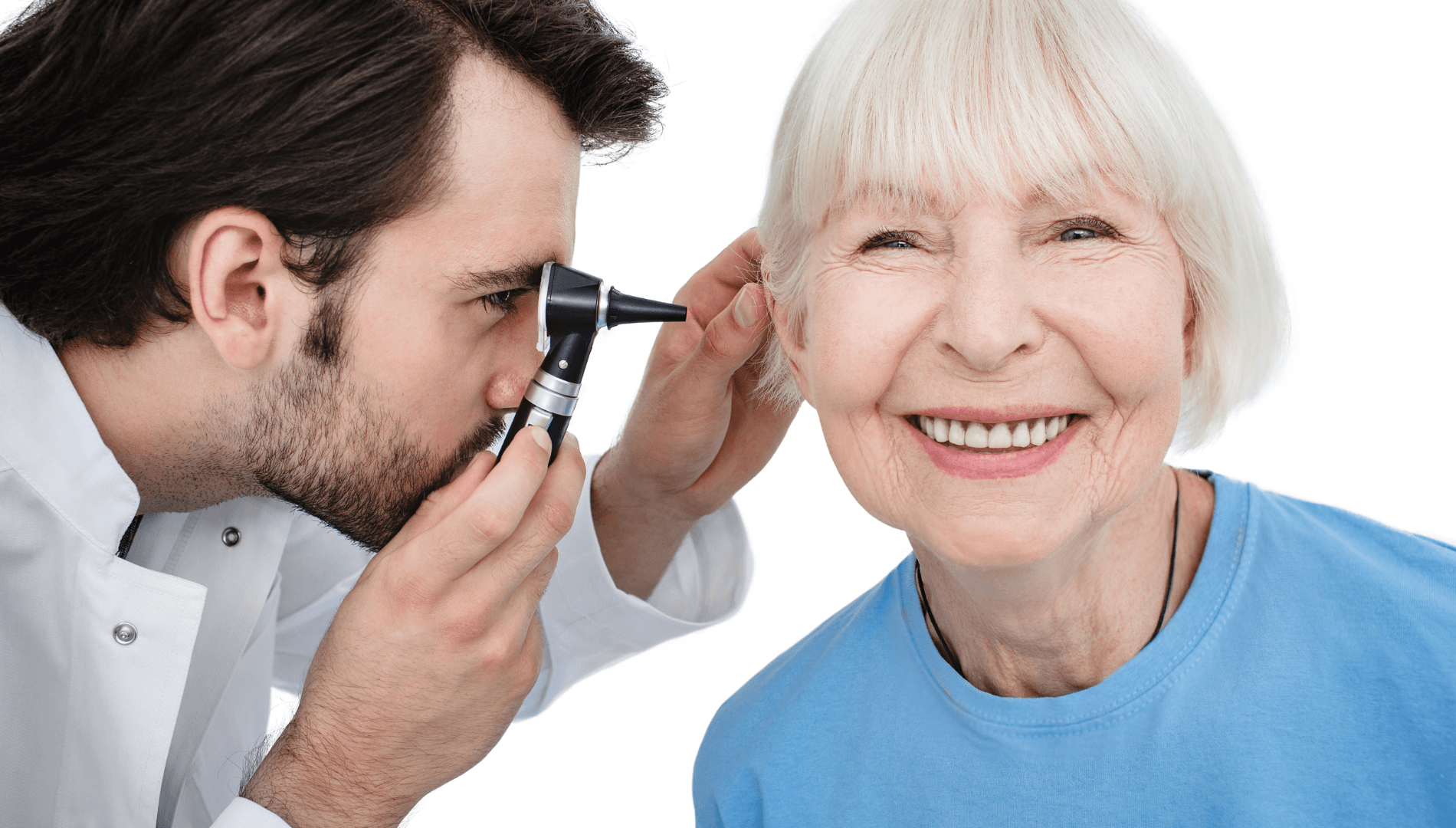Breaking Down the Steps of a Comprehensive Hearing Checkup

Regular hearing tests help detect any hearing issues early, allowing for timely intervention. Early detection can prevent further hearing loss and improve the quality of life. An annual hearing checkup is a good practice for everyone, especially for those over the age of 50 or those exposed to high noise levels regularly.
A comprehensive hearing checkup involves several stages that thoroughly assess ear health. Each stage is designed to evaluate different aspects of hearing, ensuring a complete understanding of auditory function. This detailed examination allows for accurate diagnosis and tailored treatment plans. Understanding the process can make the experience smoother and more reassuring.
Initial Consultation
The initial consultation involves discussing medical history and any hearing concerns. The hearing health professional will ask about exposure to loud noises, previous ear infections, and family history of hearing loss. This information helps guide the subsequent tests and focus on specific areas of concern.
During this consultation, the hearing health professional may also perform a visual inspection of the ears. This examination can reveal any physical obstructions or abnormalities. Identifying such issues early can lead to prompt treatment and better outcomes. It also offers a chance to discuss any specific symptoms noticed, like tinnitus or sudden changes in hearing.
Pure-Tone Audiometry
Pure-tone audiometry is a core part of the hearing checkup. This test measures the ability to hear sounds at different pitches and volumes. The results are plotted on an audiogram, visually representing hearing ability across a range of frequencies. The audiogram is an integral tool in identifying hearing loss patterns.
Participants will wear headphones and listen to a series of tones. Each time a tone is heard, a button is pressed, or a hand is raised to signal detection. This test helps determine the quietest sounds that can be heard at various pitches. The test is simple, non-invasive, and typically takes about 30 minutes.
Speech Audiometry
Speech audiometry assesses the ability to understand speech at different volumes. This test involves repeating words or sentences presented through headphones. The hearing health professional will evaluate the clarity and accuracy of responses.
This test is fundamental for understanding how well speech can be distinguished in both quiet and noisy environments. It provides insights into real-world hearing challenges. The results assist in diagnosing the type and severity of hearing loss. Often, hearing loss affects the ability to understand speech more than the ability to hear tones, making this test particularly important.
Tympanometry and Acoustic Reflex Testing
Tympanometry evaluates the middle ear condition by measuring eardrum movement in response to pressure changes. This test can identify fluid build-up, ear infections, and eardrum perforations. A small probe is placed in the ear canal to conduct the test.
Acoustic reflex testing involves measuring the reflexive contraction of the middle ear muscles in response to loud sounds. This test helps assess the integrity of the auditory pathway. Together, both tests provide a comprehensive assessment of middle ear function. Such evaluations are important for detecting conditions that might not be noticeable with simple tone tests, like Eustachian tube dysfunction.
Otoacoustic Emissions (OAEs)
Another critical test in a comprehensive hearing checkup is the Otoacoustic Emissions (OAEs) test. This test measures sound waves produced in the inner ear (cochlea) in response to auditory stimuli. A small probe is placed in the ear canal to deliver sounds, and the probe then measures the inner ear’s response.
The OAE test helps in identifying whether the hair cells in the cochlea are functioning correctly. This is particularly important for detecting hearing loss in newborns and young children but can also be useful for adults. Results from this test add another layer of understanding to the health of the ear and can guide further treatment.
Counseling and Next Steps
After completing the tests, the hearing health professional will review the results in detail. They will explain the findings and discuss potential treatment options if any issues are detected. Recommendations may include hearing aids, ear protection, or further medical evaluation.
Effective communication should be prioritized during this phase. Understanding the results empowers individuals to make informed decisions about their hearing health. This step ensures that the path to better hearing is clear and achievable. Clear explanations and personalized advice will help manage any identified hearing issues effectively.
